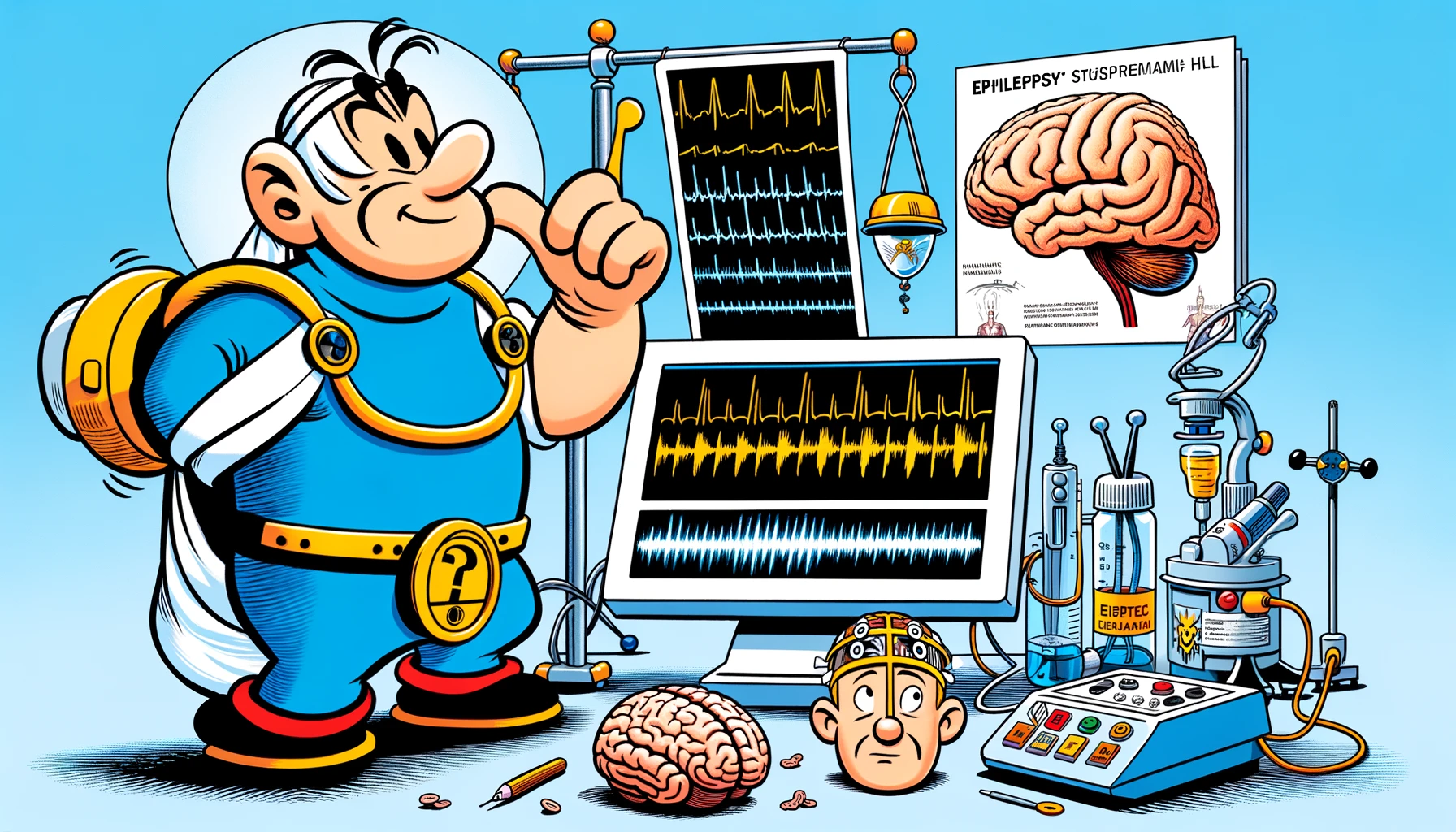Discover the transformative power of neuropsychological rehabilitation for epilepsy in India, a journey that goes beyond the basics to redefine care and recovery.
– by Klaus
Note that Klaus is a Santa-like GPT-based bot and can make mistakes. Consider checking important information (e.g. using the DOI) before completely relying on it.
Neuropsychological Rehabilitation for Epilepsy in India: Looking Beyond the Basics.
Sharma et al., Epilepsy Behav 2024
<!– DOI: 10.1016/j.yebeh.2024.109703 //–>
https://doi.org/10.1016/j.yebeh.2024.109703
Ho, ho, ho! Gather around, my dear friends, for I have a tale to tell, not of reindeer and elves, but of a magical journey in the land of Neuropsychological Rehabilitation (NR) for those facing the challenges of epilepsy. In a world far, far away, where resources are as scarce as snow in July, a group of merry scientists embarked on a quest to create a special program named EMPOWER. This wasn’t just any program, oh no! It was a 6-week adventure, guided by caregivers, filled with the spirit of psychoeducation, the magic of compensatory training, and the wonder of cognitive retraining, all designed to fit perfectly like a glove in a snowball fight.
In this story, our heroes, adults aged 18-45 years with Drug Refractory Epilepsy (DRE), fluent in the mystical languages of Hindi and English, and with attention or memory as slippery as ice, were divided into two groups. One was the Intervention Group (IG), who received the gift of EMPOWER, and the other was the Control Group (CG), who waited patiently for their turn.
As the weeks passed, like the countdown to Christmas, the researchers checked their list not once but twice, measuring outcomes as varied as the snowflakes themselves. They looked at memory, using the Auditory Verbal Learning Test, akin to remembering the lyrics to your favorite Christmas carol. They asked about everyday memory difficulties, counted the number of memory aids in use, and measured the shadows of depression and anxiety, all while keeping an eye on the shining star atop the tree, the quality of life.
What they found was a Christmas miracle! The IG group showed improvements as bright as Rudolph’s nose in learning, immediate recall, delayed recall, long-term retention, and even in the jingle bells of patient and caregiver-reported everyday memory. Anxiety took a sleigh ride down, and the total quality of life sparkled like a freshly snow-dusted village.
But, my dear friends, not all was merry and bright. Despite the improvements, there were whispers of a lack of awareness and understanding of cognitive deficits, like missing the last piece in a gingerbread house. Yet, the spirit of Christmas prevailed, and the program was embraced with open arms, much like a warm hug on a cold winter’s night.
In the end, the tale of EMPOWER teaches us that while the journey of NR shows promise, like the promise of a white Christmas, there’s still much to explore, like the uncharted lands at the North Pole. The story closes with a reminder, as gentle as snowfall, that the role of cognition in epilepsy should be introduced at the time of diagnosis, laying the foundation for education and acceptance, much like laying the foundation for a new toy workshop.
And so, as we close the book on this tale, let us remember the spirit of EMPOWER, a beacon of hope in the quest for understanding and managing epilepsy. Merry Christmas to all, and to all a good night!
